Sentence diagramming can be a grammar exercise students either love or run from. Sit down with Jenny Phillips in this video and blog post as she discusses how and why teaching sentence diagramming can be a useful exercise for learning grammar.
Hello! Today I want to answer the most common questions we get on sentence diagramming in our courses. Does my child really need to learn sentence diagramming? How helpful is it really?
Obviously, I feel sentence diagramming is very helpful—that is why we include it in The Good and the Beautiful Language Arts program—but I don’t feel that it is vital for learning good grammar. You can definitely skip sentence diagramming and still have a fine language arts education. I also believe that sentence diagramming is most helpful when it is kept simple. So The Good and the Beautiful never gets into super complex diagramming.
Your child is going to take cues from you. If you don’t understand the benefit of diagramming and complain about it, your child will likely do the same. On the other hand, if you value sentence diagramming and are very positive about it, your child is likely to appreciate it too. I hope this post can help you see the benefits of sentence diagramming.
What Is Sentence Diagramming?
Sentence diagramming is when you organize the individual words of a sentence in a diagram. You can visually see the structure of the sentence. For example, this diagram shows where different parts of speech go in a sentence.

Why Diagram Sentences?
Some people might think that sentence diagramming is only helpful for visual learners, but that’s not the case. Everyone benefits from using different styles of learning and not limiting themselves to just one way. Visual learning is not reserved for just some people. We all benefit from it.
When a child has to take apart a sentence and diagram it, critical thinking and more complex analysis is required. We use analysis in many areas like numbers and behavior. Diagramming helps the child’s brain learn how to analyze, and that skill can be used in other areas.
Sentence diagramming is a deeper exercise than just circling the adjective or underlining the adverb. Diagramming requires the student to actually think and understand more deeply how the part of speech functions within the sentence. For example, the child is not just circling an adjective because it’s describing a word. He or she is placing it under the word that it is modifying. This requires the child to not only know what an adjective is but what makes a noun and how they are related.
When you diagram a sentence, there is always a subject and a verb or a verb phrase, like this.

A child who can diagram can easily identify a sentence that is actually a fragment because it is missing a subject or a verb. He or she can clearly see that sentence structure. After a lot of experience diagramming on paper, children diagram in their minds, quickly recognizing issues like missing subjects or verbs, and fixing them on the spot.
Also, some adverbs are not easy to identify, and some words can be an adjective or an adverb, such as weekly, so, late, and straight. Diagramming makes it easy to identify parts of speech because you learn what the word is modifying.
My oldest daughter got a perfect score on the English portion of the ACT. When I was doing ACT prep with her, I often used sentence diagramming to help her figure out really tricky questions.
You can’t diagram unless you really understand grammar. Diagramming also makes your understanding of grammar stick better. I’ve studied extensively how children learn and how their minds work. And in one of my favorite books, Make it Stick: The Science of Successful Learning, which is based on brain research, the author, Peter Brown, explains: “Practice that’s . . . varied produces better mastery, longer retention, and more versatility.”

Using grammar exercises and memorization of rules in combination with a visual way to practice grammar, definitely makes it stick more.
Peter Brown also said: “Many teachers believe that if they can make learning easier and faster, the learning will be better. Much research turns this belief on its head: when learning is harder, it’s stronger and lasts longer.”

Sentence diagramming is harder than just circling an adjective in a sentence. It makes the child think deeper. And thus, the learning is stronger and lasts longer.

The Good and the Beautiful Language Arts
On another note, I am amazed at how easily and quickly young children pick up sentence diagramming. In fact, in test piloting sentence diagramming with The Good and the Beautiful Language Arts curriculum, I found that children in 2nd to 4th grade were more easily able to grasp the new concept of sentence diagramming than children in middle school. The minds of young children are rapidly making language connections and have the marvelous ability to understand language. Take advantage of that time period and start sentence diagramming at a young age when their minds are very open to language and how it works. The Good and the Beautiful starts sentence diagramming in our free Level 2 Language Arts curriculum. It uses a gentle approach that incorporates nature and high character.

Diagramming sentences has tremendous value. It is a great way to understand grammar, and it is a great exercise for the brain. In The Good and the Beautiful curriculum, we make diagramming simple and easy to understand with videos and gentle, step-by-step progression.

Subscribe to our YouTube channel to find this and other videos on helping children gain strong hearts and minds, on homeschooling, and on finding joy in this one beautiful life we’ve been given.
You may also like . . .

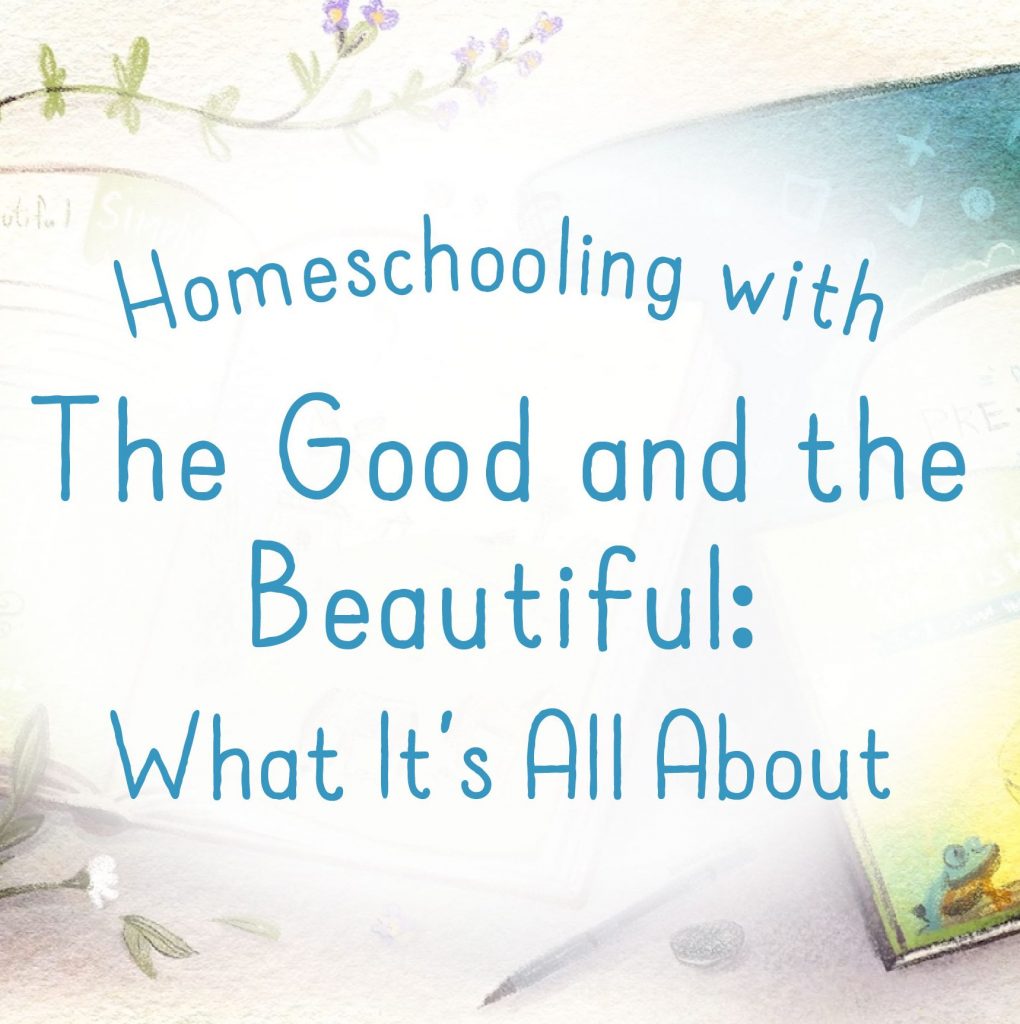
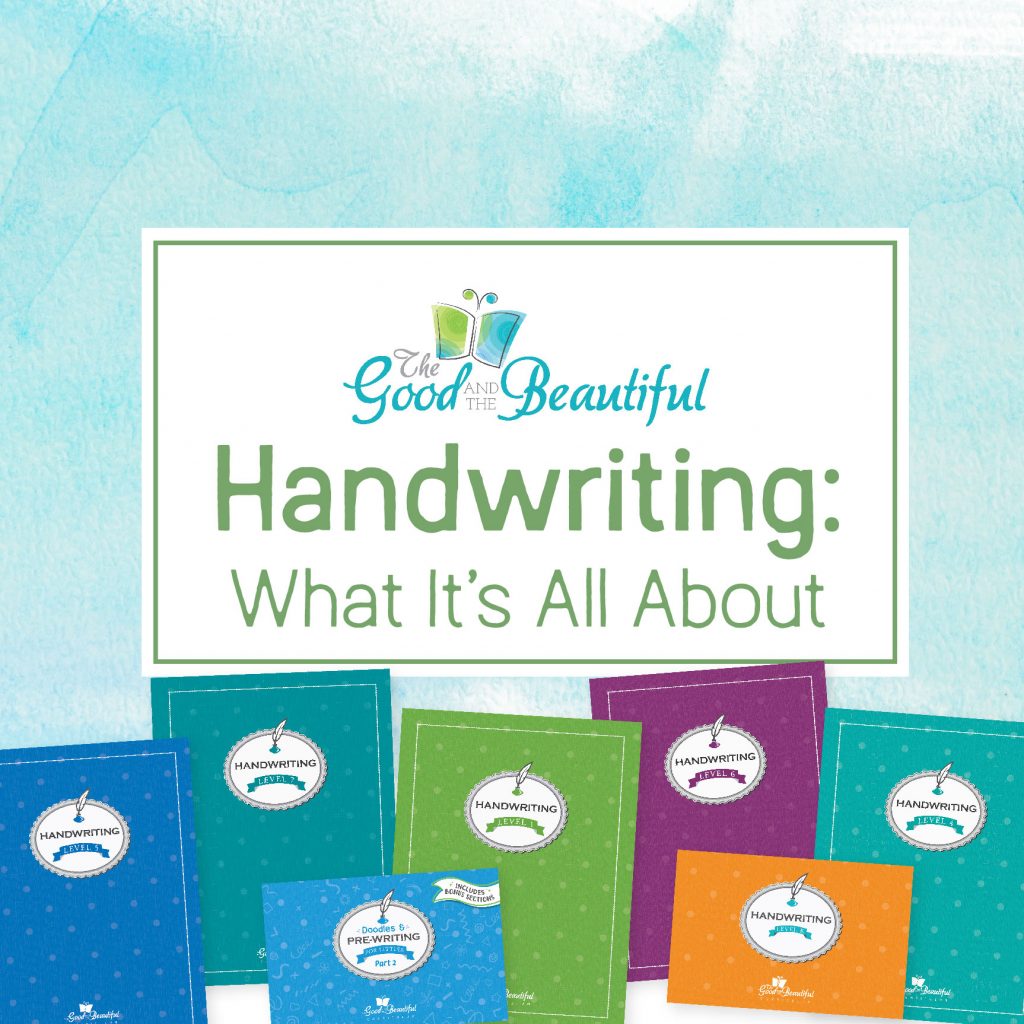


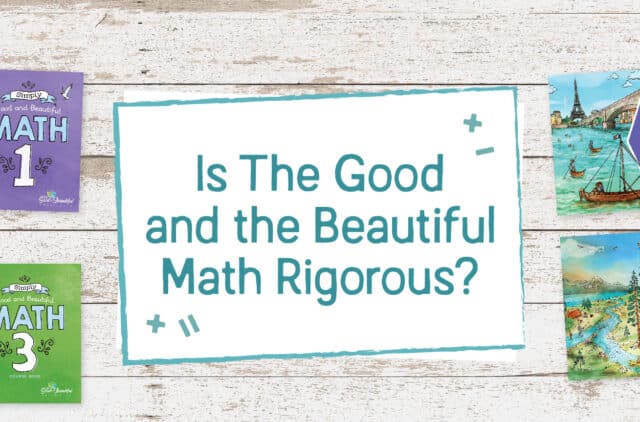
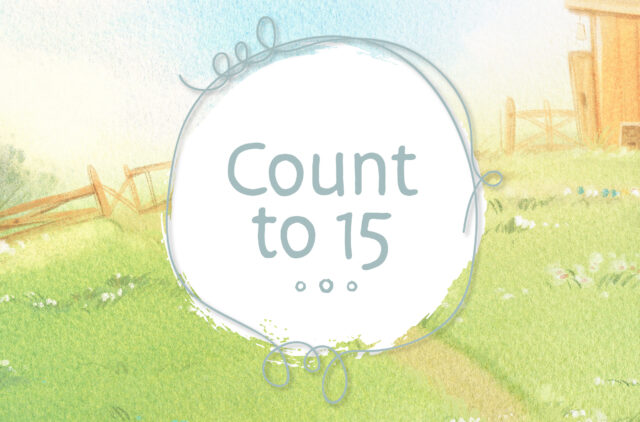
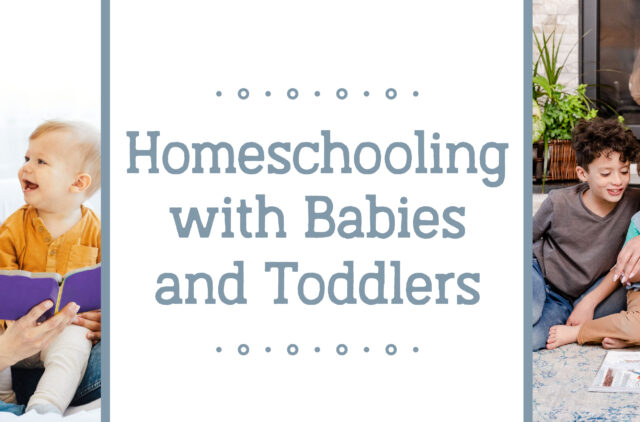
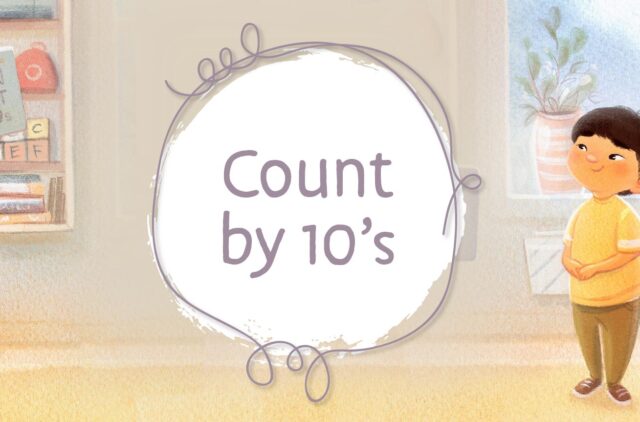
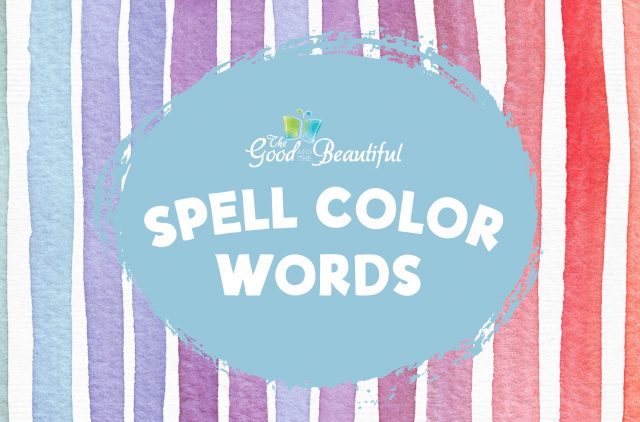

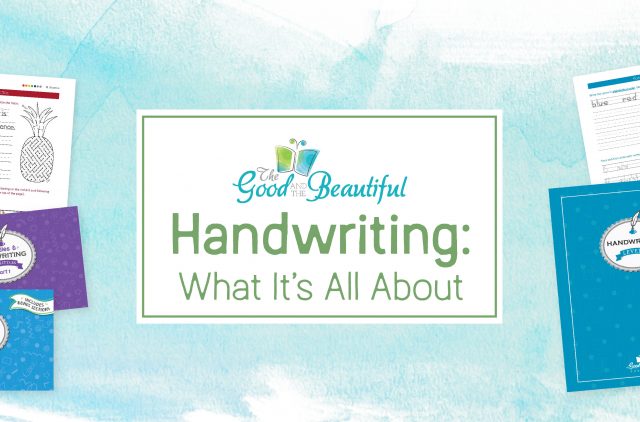
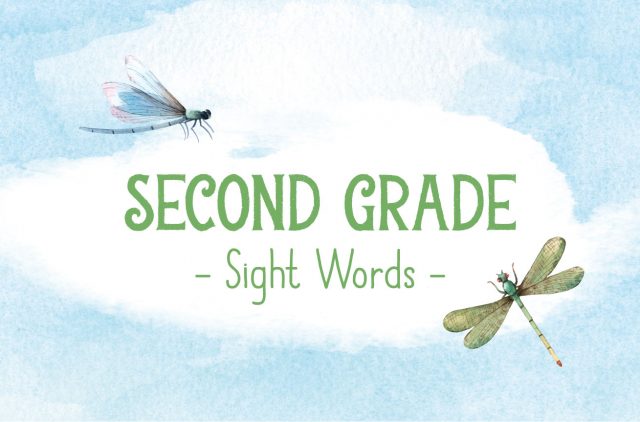
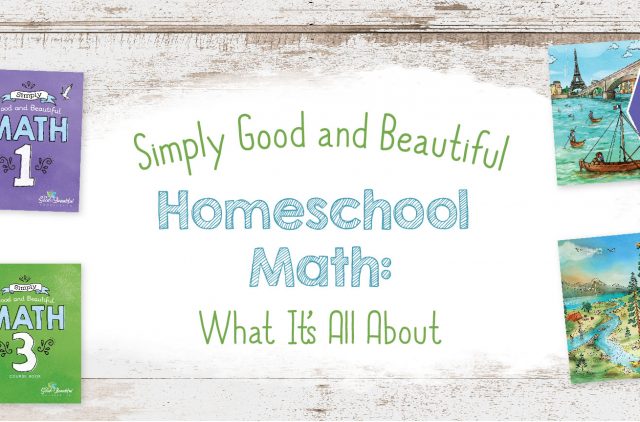
Comments